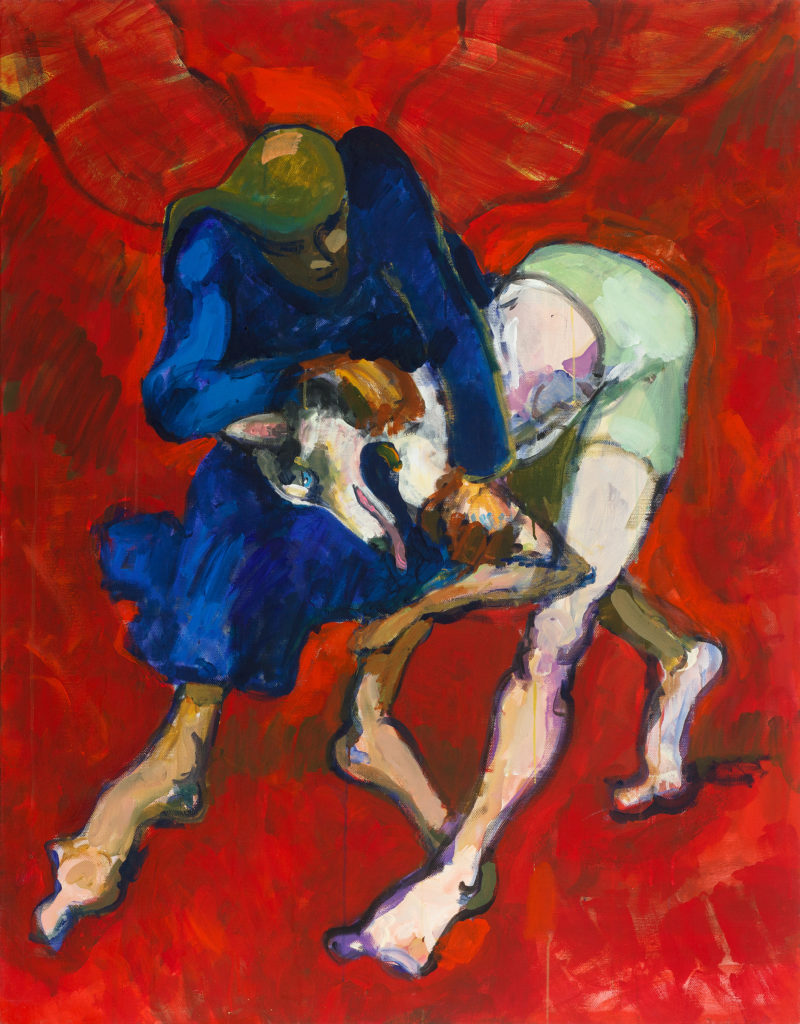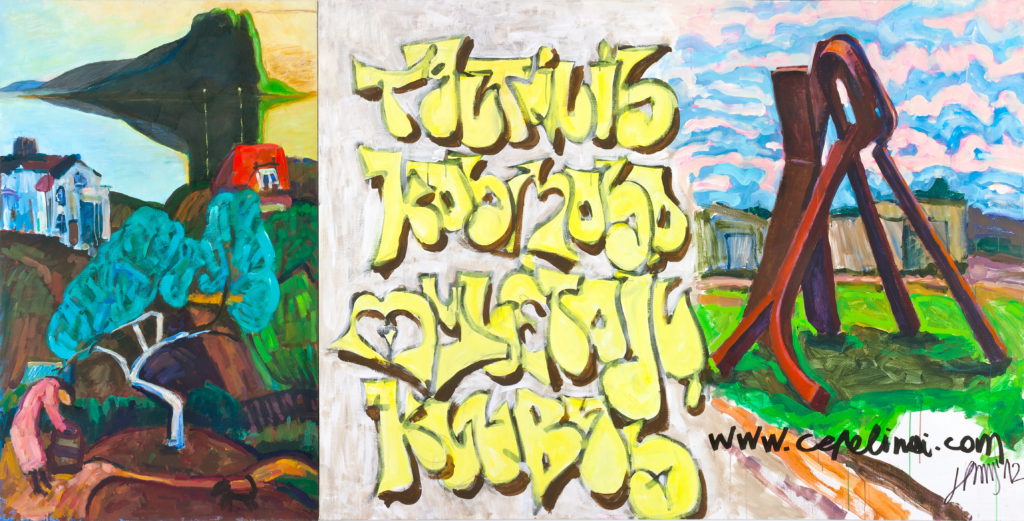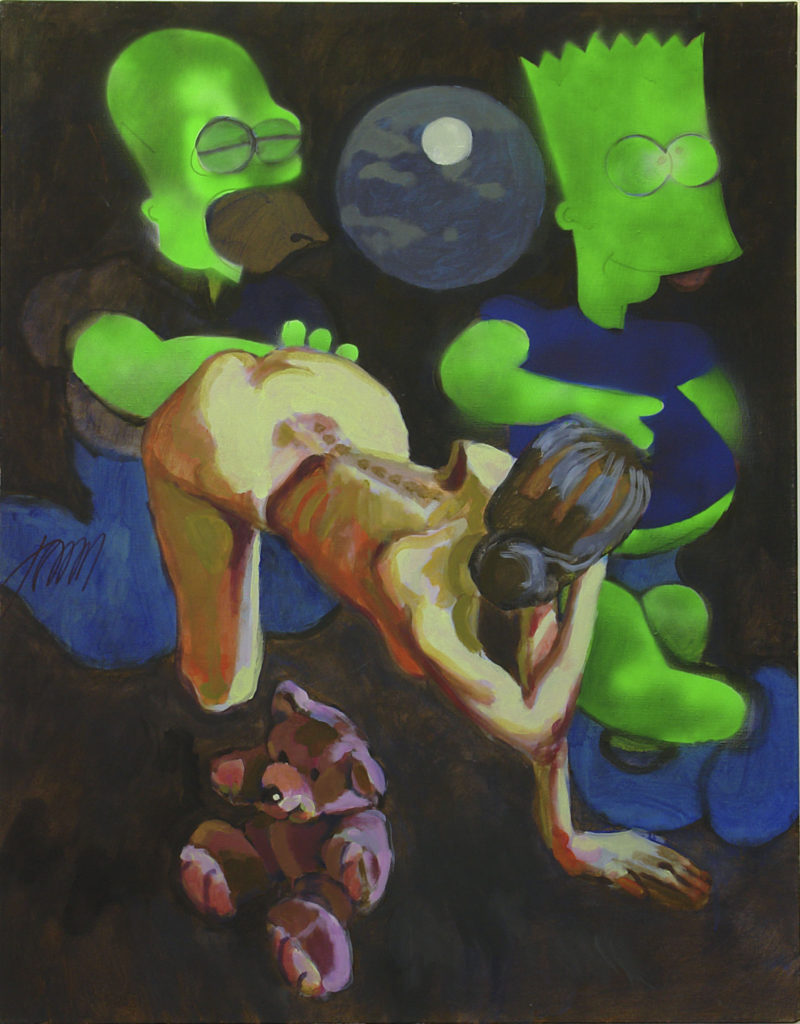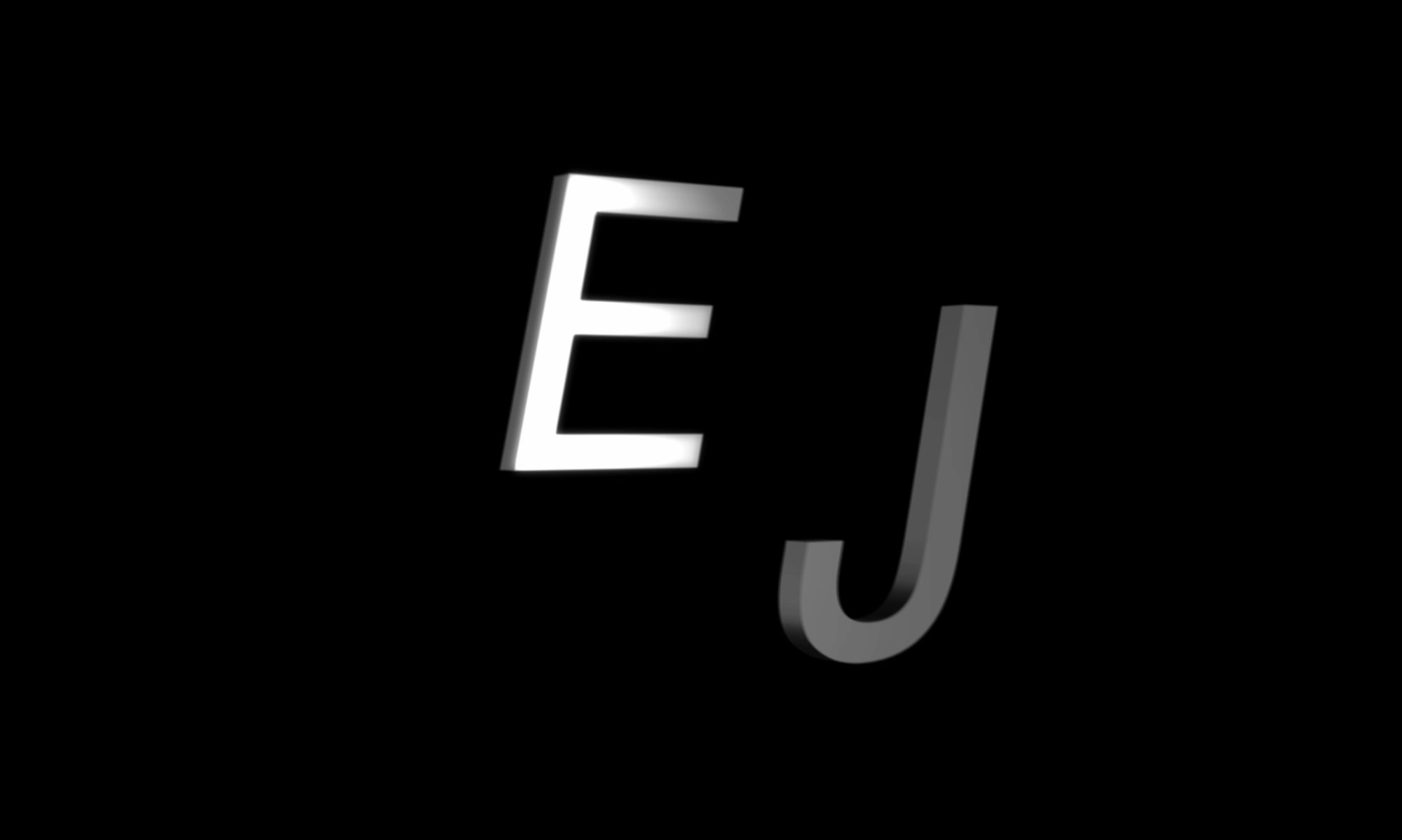St. Anton Raped God With a Dog’s Head, canvas, acrylic paint, 2013

Session of Inducation, 19.30 min., © 2013
During the course of the exhibition Lithuanian Art 2012: 18 Exhibitions at the Contemporary Art Centre in Vilnius, the Los Angeles based artist Marcos Lutyens performed a hypnotic induction aimed at dematerialising the monument of Frank Zappa (erected by a community of artists in Vilnius in 1995). The project was made up of a targeted series of inductions that offered a pre-selected group of volunteers the experience of transformation and metamorphoses through hypnosis. Evaldas Jansas documented the inductions while simultaneously mixing video documentation of the exhibition and sound recorded from contact microphones and a special circuit for receiving ground signals placed on the Frank Zappa monument itself.
Ticket Layout of Space Lovers Club, 2012. Acrylic paint on canvas, 146x287cm

Abandoned Mystery, © 2012
This film is based on the expedition to Latvia between the 3rd and 6th of May, 2012. The researchers visited the former Soviet military centre in Irbene with the world’s eighth-largest radio telescope and the Libava fortress, the most expensive and ambitious project of the Czarist Russian army on the Baltic sea, taken over by the Third Reich and then the Soviets.
Freedom to Create, © 2011
Evaldas Jansas documentary film “Freedom to create” is about the prisoners, creating in places of detention. The film director listens attentively to the prisoners’ stories, where the leitmotifs of mistakes made in life, punishment and creative work, serving as a form of liberation, intertwine. Showing the world through the eyes of prisoners or social underworld, Jansas puts the spectator into such a context, which we normally do not want to know anything about – he treats us with a full-length portion of rich and specific contradictory reality not wrapped into glossy ideological paper, without imposing one truth or any in advance prepared responses.
Greenhorn Ego, © 2011
SoundTrack, 40 min., 2009
This tricky musical documentary captures the director’s search for an idea of the proper soundtrack for his film. With a handful of diverse musicians, composers, producers and critics featured, the work effectively becomes an understated ode to Lithuania’s newly burgeoning music scene. Yet there is also a catch: the very abundance of options makes it nearly impossible to choose one, so the only actual soundtrack can be the documented soundscape of the search itself. The director is left standing on the “naked shore” mentioned in one of the songs, obsessively gathering pebbles and seemingly having lost a sense of direction.
Nocturnal Emissions, 2009. Acrylic paint, oil on canvas, 140 x 105 cm

The Simpsons Visit Her in Her Dreams, canvas, acrylic paint, 146 x 114 cm, 2009

